BELOW KNEE AMPUTATION OR TRANSTIBIAL AMPUTATION:
Below the knee amputation is the surgical removal of a portion of a person’s leg bone. This is different from other amputations in which a whole leg is removed, such as above the knee amputation. Below the knee amputation is the more common form of amputation. This is especially true in developed countries, where better medical technology, such as prosthetics, allows for the preservation of greater portions of the original body, including limbs.”
Table of Contents
Definition Of Amputation:
- Amputation is the removal of limb partly or totally from the body.
- Disarticulation : Disarticulation is removing of the limb through a joint.
- Amputation of Lower limb is more common than Upper limb.
Below Knee Amputation Introduction:
A below-knee amputation known as transtibial amputation which involves removal of the ankle joint, distal tibia and fibula and foot with soft tissue structures. A transtibial amputation is performed more than an above-knee amputation (AKA),it has better rehabilitation and functional outcomes. The rates of lower extremity amputation have reduced in recent years.
Indication Of Below Knee Amputation:
- Trauma
- Malignant tumors
- Nerve injuries and infections
- Extreme heat and cold
- Peripheral Vascular Insufficiency
- Congenital absence of limbs or malformations
- severe infections like gas gangrene, osteomylitis
Levels Of Amputation:
- Level Of Amputation In Upper Limb
- Forequarter
- Transhumeral (Above Elbow Amputation)
- Elbow Disarticulation
- Transradial (Below Elbow Amputation)
- Hand/ Wrist Disarticulation
- Transcarpal (Partial Hand PH)
- Level Of Amputation In Lower Limb
- Hemipelvectomy
- Hip Disarticulation
- Transfemoral (Above Knee Amputation)
- Knee Disarticulation
- Transtibial (Below Knee Amputation )
- Ankle Disarticulation
- Symes
- Partial Foot (Chopart)
- Toe amputation
Physiotherapy Treatment For Below Knee Amputation(Transtibial Amputation)
Physiotherapy treatment are require Before surgery and also post-operatively.
- Before Surgery
- Before your surgery, your physical therapist may:
- Prescribe exercises according to preoperative conditions, and to improve the flexibility and strength of the hip and knee
- Physiotherapist teach you how to walk with a walker or crutches
- Educate you about procedure
Preoperative Training Programm:
- Prevention of thrombosis by maintaining the circulation by movement of limbs.
- Prevention of chest complication by deep breathing,coughing and postural drainage
- preserve mobility of all joints
- Improve mobility of other areas like trunk, pelvis, shoulder girdle
- Teach how to position the limb in bed
- Teach the patients how to transfer,monitoring of wheelchair,single leg standing and balancing
- Psychological reassurance plays the important role in the recovery in amputation.
Early postoperative stage
- To check the efficicacy of Preoperative training
- Prevent the chest complication and thrombosis
- Prevention of contracture and deformities:
- the common contracture are knee flexion contracture
- contracture is prevented by proper positioning of amputated limb
- passive movement of limb
- Maintenance of strength and mobility
- The patient can be encourage to move in the bed by pushing up the body on the arms.This push up exercise has a advantage of strengthening the muscles in upper limb which necessary for using ambulation aid at a later on.
- strengthening exercise should be given to the whole body except joint proximal to amputation.
- Management of the stump:
- Improper management of stump is one of the common cause of delayed rehabilitation.Surgical trauma is one of the common cause of stump oedema, it may occur because of bad bandanging, associated degenerative joints disease,poor venous return , diabetes and kidney disease.
- How to control edema of stump:
- Stimulation of limb in elevation with elastic bandage.
- Resisted exercise of stump and other joints.
- stump bandaging and conditioning:
- Bandaging plays a important role in conditioning and shaping the stump by reducing oedema of stump.
- 4 inch of elastic bandage for below knee amputation is used.The bandage should be taken off during exercise.
Principles of bandanging the stump:
- The pressure of bandage should be moderately firm and distributed evenly.Extra pressure is necessary at corners to obtain conical shape of the stump.pressure should be decrease proximally.
- During bandaging diagonal,oblique or spiral turns should be used.
- The below knee stump should be bandage with knee slight flexion.
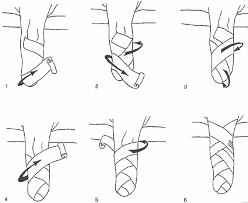
Intermittent variable air pressure machine:
- This machine also called controlled air pressure machine.It is used to control oedema by improving circulation of blood and lymph.
- Shrinker socks:
- oedema can be manage by elastic stump socks.
- Rigid dressing:
- Rigid plaster of paris dressing given to the young patient.It also reduced the oedema.
Stump hygiene:
- Stump hygiene includes regular washing of the stump with warm disinfected water soap and after dry the part.The patient should be educated on protecting the areas and positions of affected limb.
- After removal of Stitches : When the stitches are removed and the suture line healed satisfactorily, the most important is stump conditioning.
stump conditioning
- An ideal stump is well healed, firm, conical and with minimal flabby tissue.
- Bandaging: During bandaging pressure and application should be proper.
- Exercise: Isometric exercise for through muscles of the stump, specially knee joint muscles,which originated above the joint proximal to the amputation.
Massage:
- massage can be helpful for improving tone of the muscles.
Stimulation:
- Electrical stimulation with the stump elevation is used to reduced oedema and improve muscles tone.
Pressure:
- Exposing the stump to pressure by either early use of pylon or gradual training of bearing weight on the terminal weight bearing area of stump.This can be done by providing soft cushen and adjusting the height of the stool in the parallel bars.
Mobility Stage:
- this is a stage of mobilisation and restoration of functional independence.It start with crunch walking.Elderly patients may need initial ambulation practice in parallel bar.
- Mobilization and strengthening exercise :
- Mobilization of the body segment proximal Amputation.
- PNF techniques, PRE and strong endurance exercise to the specific muscles groups are needed to facilitate effective body function with the prosthesis.
- Below knee amputation: Knee Extensors, And Flexors, Hip abductors and extensors.
Complications Of Amputation:
- Excess bleeding
- Blood clots
- Oedema
- Poor healing
- deep vein thrombosis (DVT)
- wound infection
- pneumonia
- “phantom limb” pain
- depression
- Stump ulceration
- Flap necrosis
- Joint stiffness
- Osteomyelitis
- Osteoporosis
Prosthesis For Below knee Amputation
- Two type of Prosthesis used For Below Knee Amputation:
- 1) Conventional Prosthesis
- 2)Patellar Tendon bearing Prosthesis
1) Conventional Prosthesis :

- conventional Prosthesis with thigh corset.It is preffered to the patient with,
- An unstable knee joint
- Flexion deformity of knee more than 25 degree
- Very short stump
- Anesthetic stump
- Patellar malfoemation
- Patient with heavy duty
Part of the Conventional Prosthrosis are:
- Thigh Corset
- Socket
- Suspension
- Knee Joint
- Feet
2)Patellar Tendone bearing(PTB)Prosthesis:
- The Patellar Tendone bearing(PTB)Prosthesis is ideal and handy for patient with a long stump.
- Its offer normal gait pattern and early Rehabilitation to patient.
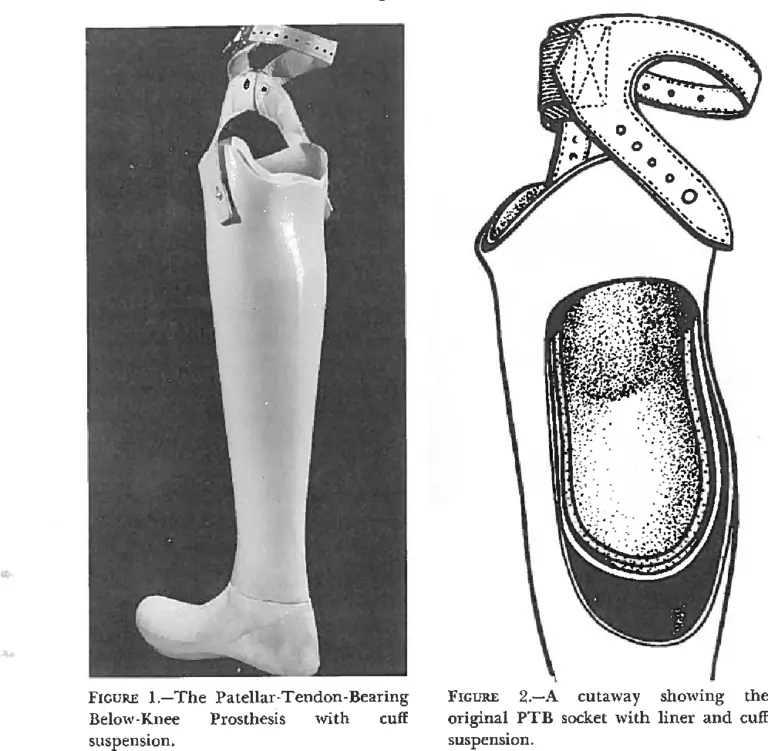
Part of the Patellar Tendone bearing(PTB)Prosthesis are:
- Socket
- Weight-bearing areas
- Weight relieving areas
- Suspension
- Feet

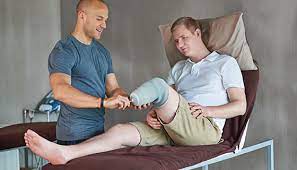

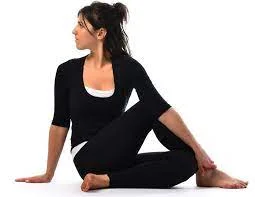
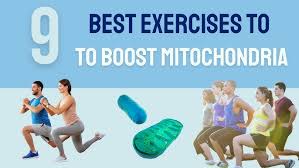

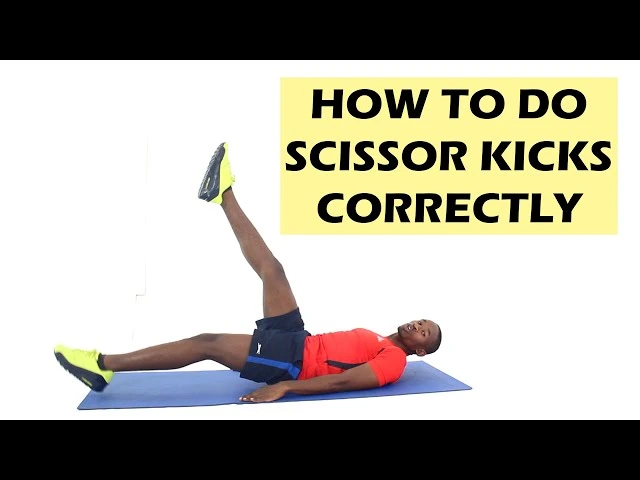
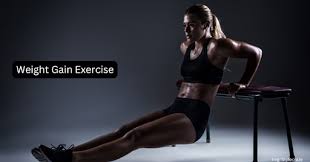
below knee amputation, i need guidance